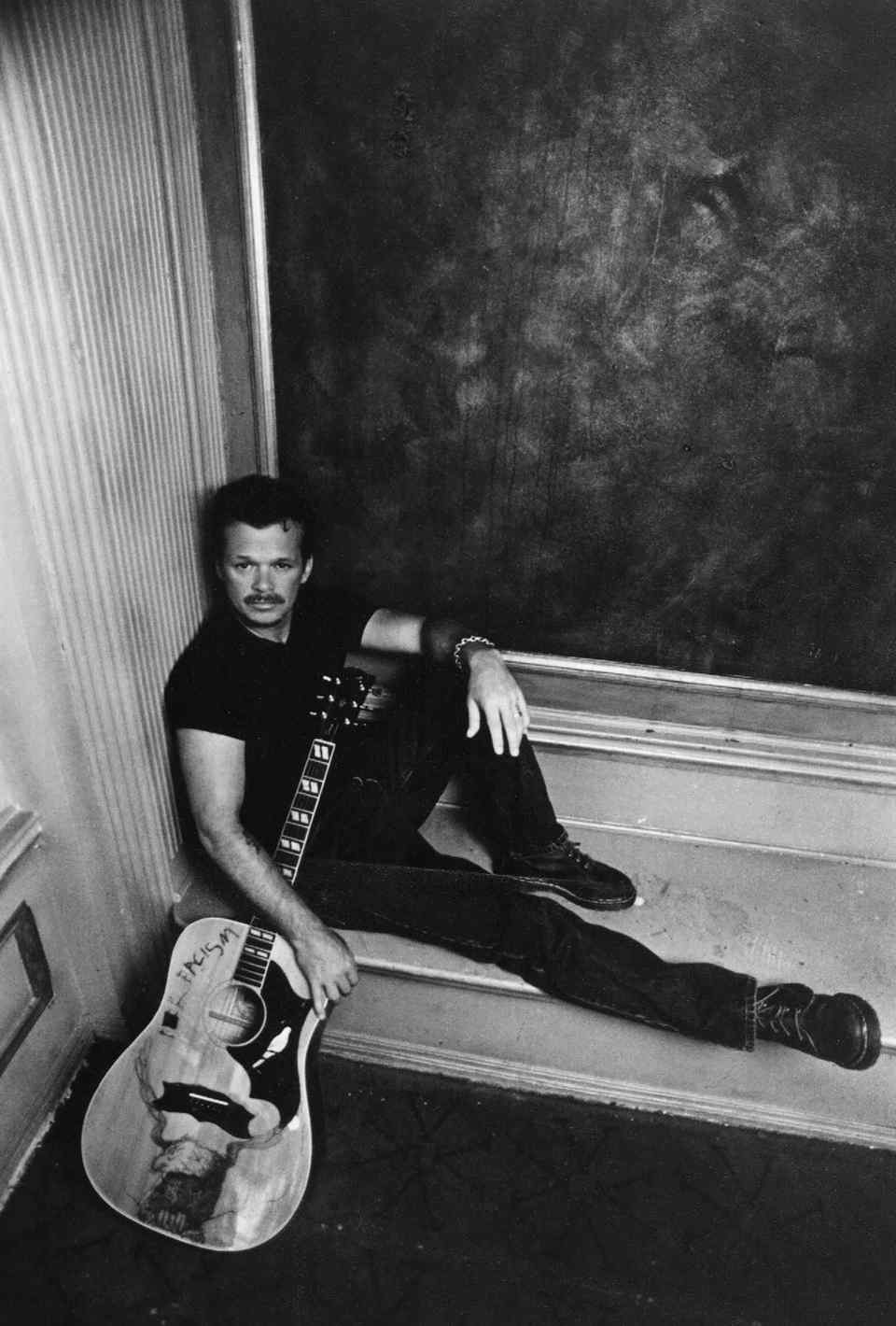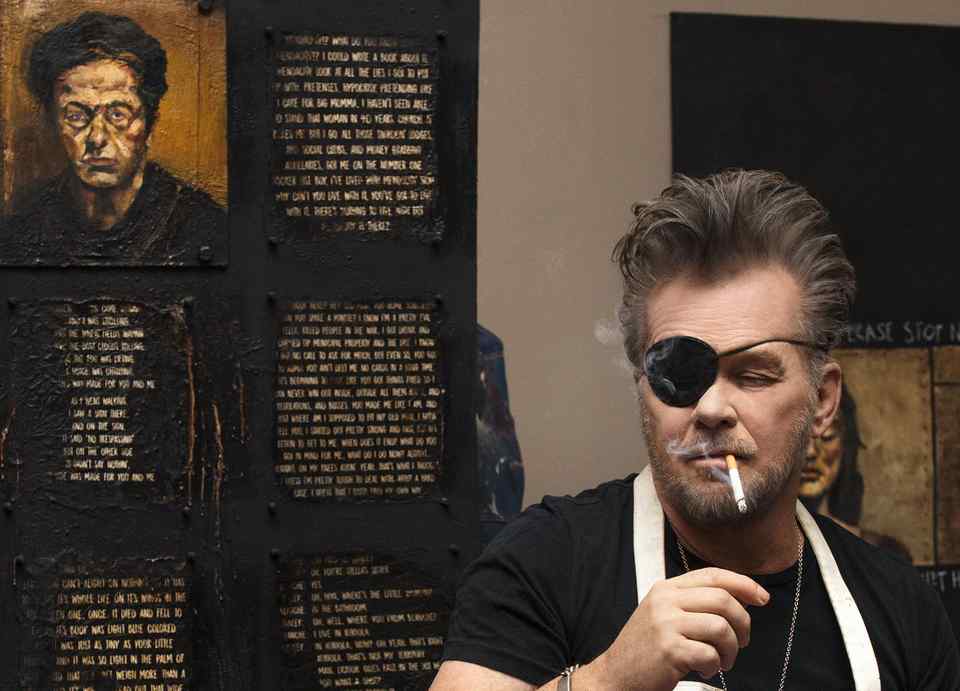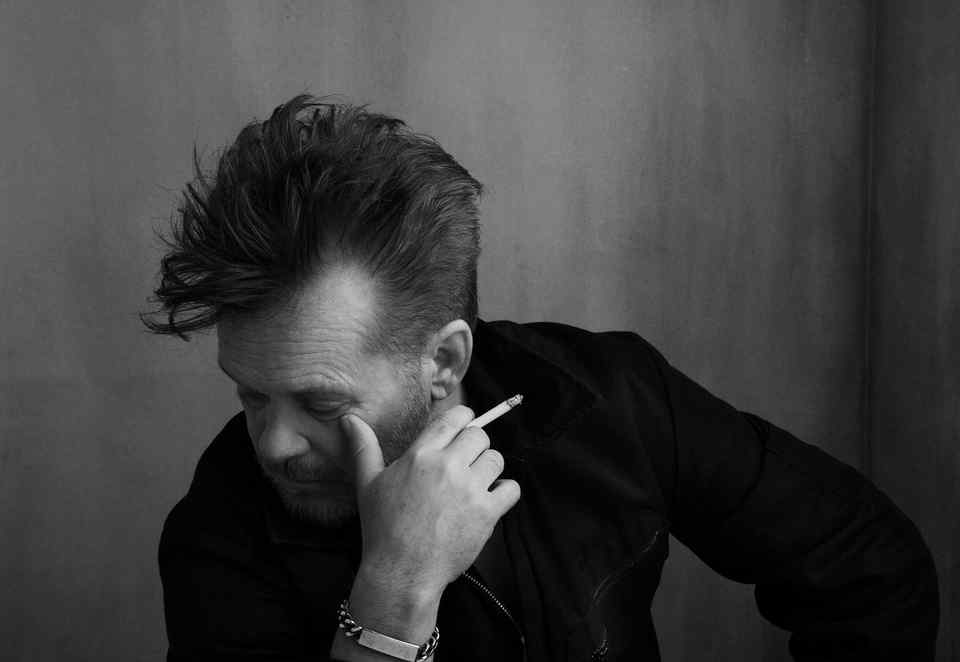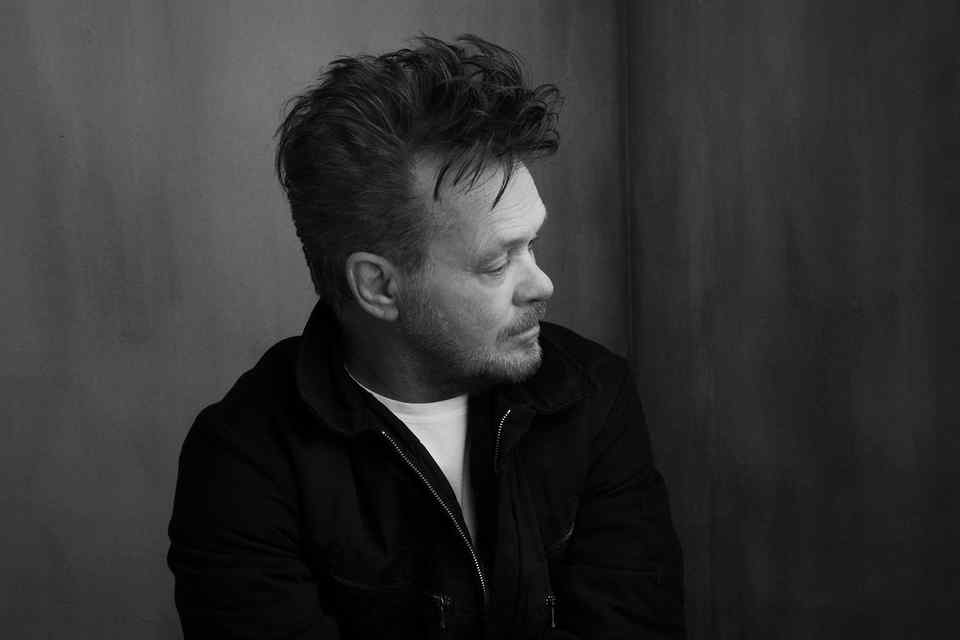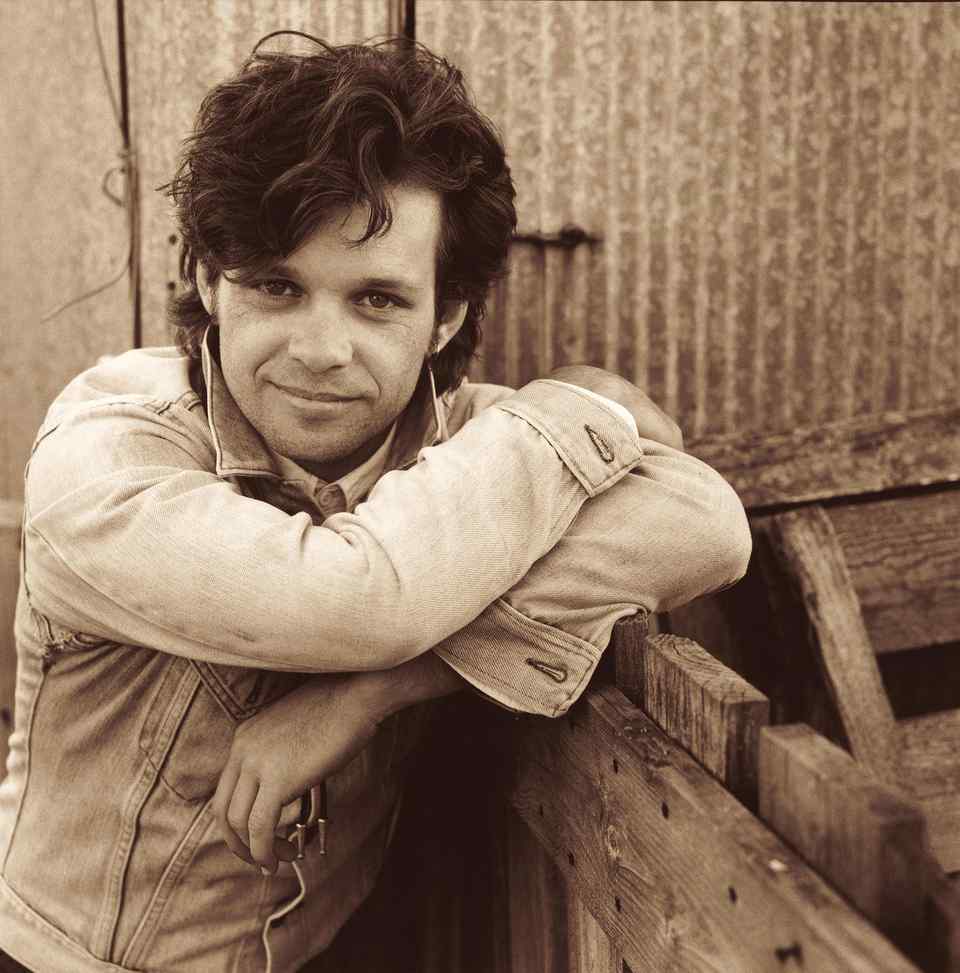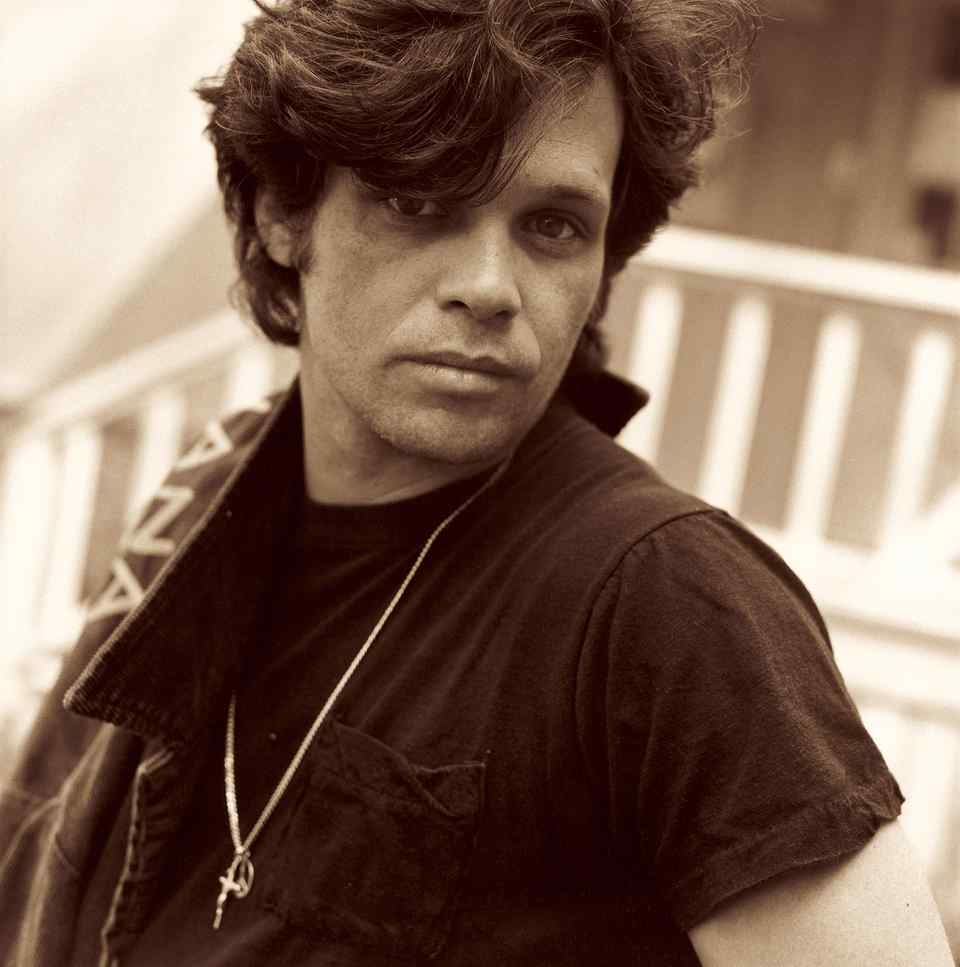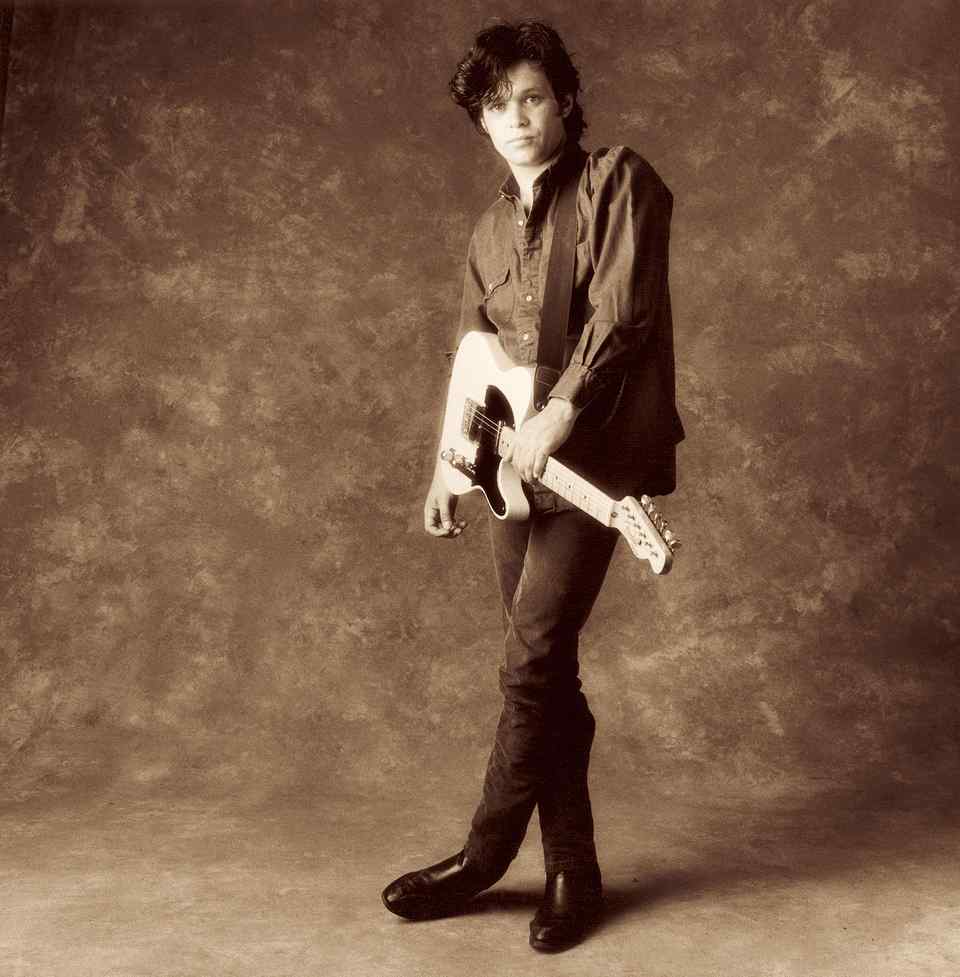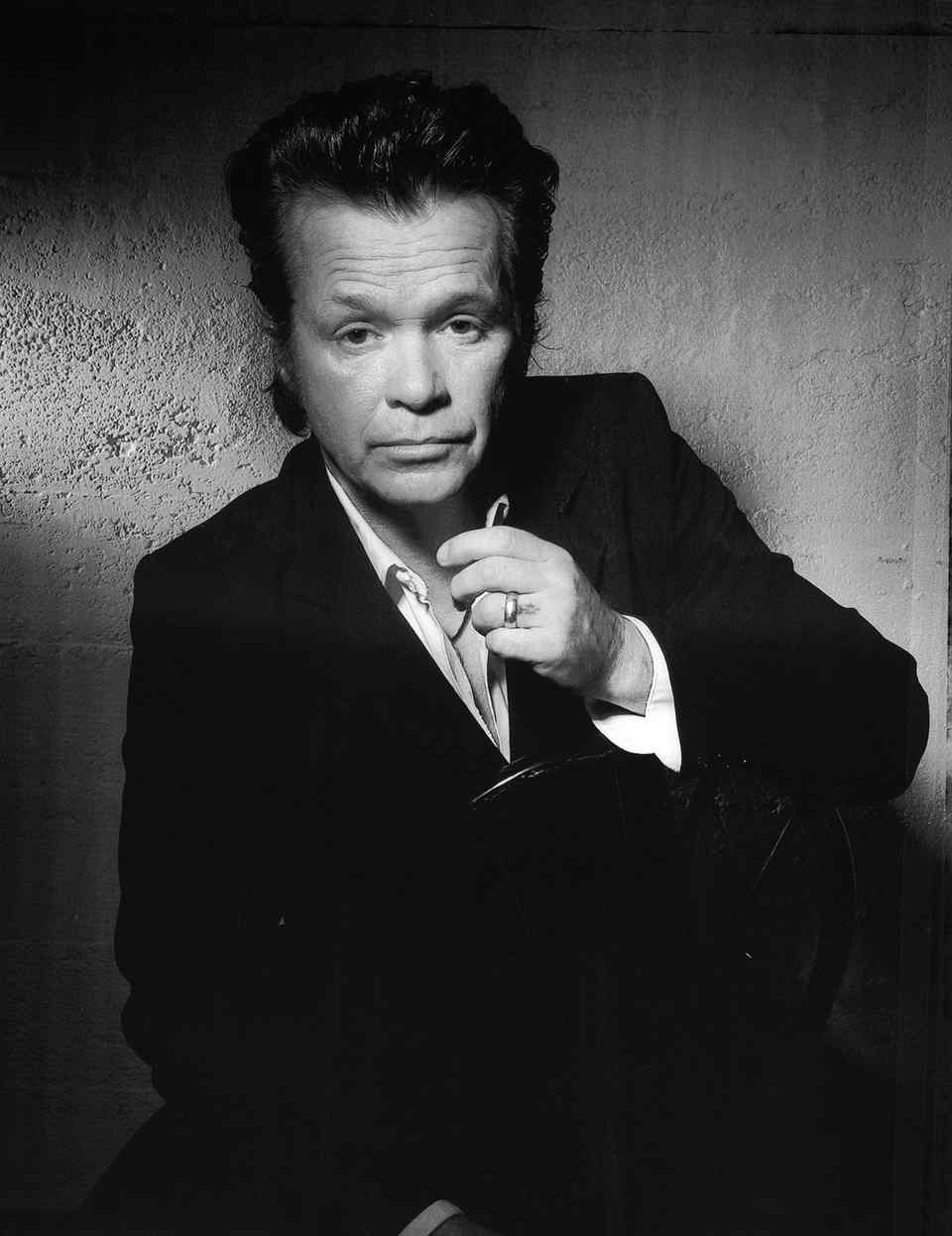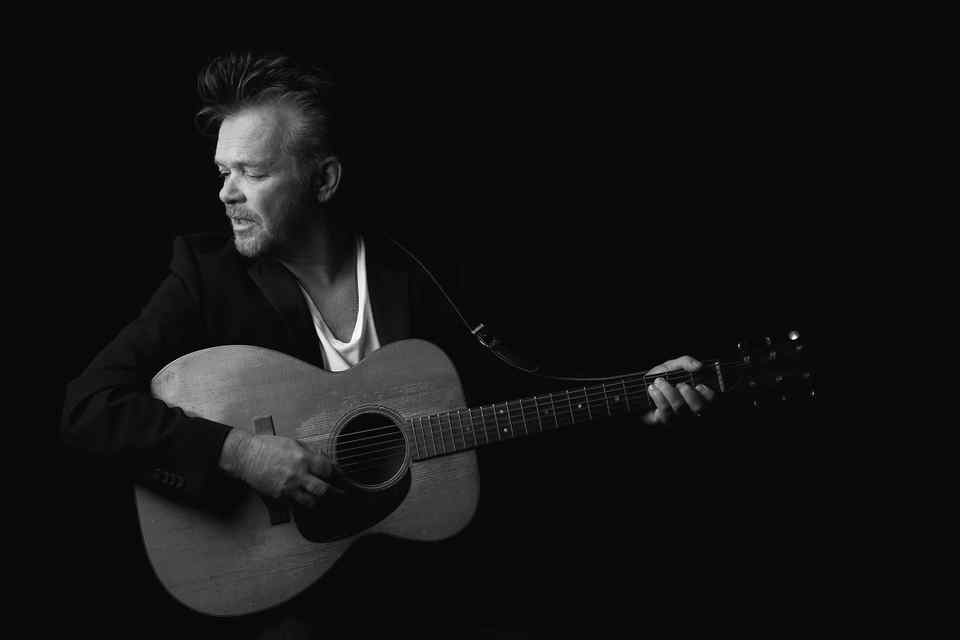Architectural Digest: John Mellencamp's South Carolina's Island Getaway
John recently afforded Architectural Digest readers an opportunity to see the interior design of his Daufuskie Island retreat. During the photo shoot, a video of the home, directed by AD's William Abranowicz set to John's song "For The Children" from Life, Death, Love and Freedom, was filmed. View the video "At Home With John Mellencamp" on Mellencamp.com .
Pick up a copy of the March issue on newsstands, or download the digital edition to see more photos and to read the complete story. Step inside to view some of the photos in the magazine of John's airy South Carolina getaway on architecturaldigest.com
By Julia Reed - Photography by William Abranowicz
Architectural Digest At Home With John Mellencamp "For The Children"
John recently afforded Architectural Digest readers an opportunity to see the interior design of his Daufuskie Island retreat. Pick up a copy of the March issue, on newsstands now, or download the digital edition to see more photos and to read the complete story.
The house's architecture was inspired by the look of a church that John had photographed some years back and the interior includes elements that recall that original inspiration along with many touches that are reflective of John's interests in art and film. Step inside to view some of the photos in the magazine of John's airy South Carolina getaway on architecuraldisgest.com
Photo By William Abranowicz

Some 30 years ago John Mellencamp discovered Daufuskie Island, a relatively unspoiled spot in South Carolina, just across the border from Savannah, Georgia. Fascinated by the island's history (until the 1980s it had been inhabited largely by the Gullah, descendants of freed slaves) and enamored of its privacy (it can only be reached by boat), the singer-songwriter purchased several acres on the Atlantic Ocean. But the land sat empty for more than a decade. "I had every intention of building a house—I just never got around to it," says Mellencamp, who is also an accomplished painter, occasional actor, Farm Aid cofounder, and Rock and Roll Hall of Famer. (The recently released box set John Mellencamp 1978–2012 features 19 of his studio albums, including 30 Billboard Hot 100 singles.) Then one day he snapped a photograph of a church in Myrtle Beach, and the structure's shape inspired him to finally hire an architect.
The finished residence—the work of Neil Gordon, whose office is on neighboring Hilton Head Island—bears ample evidence of that church's influence, with pointed-arch windows and doors and a navelike central living hall that is ringed by a gallery reminiscent of a choir loft. Mellencamp filled the rooms with odds and ends from storage, but the home, like the property before it, "just kind of sat fallow," he says. It's not that he didn't love the area. Two of his five children grew up nearby, and he has lived part-time in the region for more than half of his life. But this particular house never felt right. Mellencamp's girlfriend, actress Meg Ryan, however, thought the place had promise, and asked last year, "Why don't you make it as beautiful as it can be?" Energized by her enthusiasm, he called New York City interior designer Monique Gibson, with whom he'd collaborated on three previous dwellings, including his Indiana home base.
The decorator headed to Daufuskie "to let the house tell me what it needed," she says. "I'd walk around on the phone and tell John, 'This kitchen makes no sense' or 'These doors are too small.'" Thus, the kitchen was redone, the doors were enlarged, and the woodwork was stained to give it depth. Gibson played off the peaked windows by incorporating their shape into the metal base of the 27-foot-long table that bisects the living hall. On one side of that space is a library rich with art books; on the other is a movie room, where classic films are a regular after-dinner feature. Mellencamp is notably partial to movies with screenplays by Tennessee Williams—he can recite whole stretches of dialogue from Baby Doll, and a prized possession is a poster of The Fugitive Kind, a gift from his friend Joanne Woodward, who starred in it.
Pick up a copy of the March issue on newsstands, or download the digital edition to see more photos and to read the complete story. Step inside to view some of the photos in the magazine of John's airy South Carolina getaway on architecturaldigest.com
By Julia Reed - Photography by William Abranowicz
Architectural Digest At Home With John Mellencamp "For The Children"
John recently afforded Architectural Digest readers an opportunity to see the interior design of his Daufuskie Island retreat. Pick up a copy of the March issue, on newsstands now, or download the digital edition to see more photos and to read the complete story.
The house's architecture was inspired by the look of a church that John had photographed some years back and the interior includes elements that recall that original inspiration along with many touches that are reflective of John's interests in art and film. Step inside to view some of the photos in the magazine of John's airy South Carolina getaway on architecuraldisgest.com
Photo By William Abranowicz

Some 30 years ago John Mellencamp discovered Daufuskie Island, a relatively unspoiled spot in South Carolina, just across the border from Savannah, Georgia. Fascinated by the island's history (until the 1980s it had been inhabited largely by the Gullah, descendants of freed slaves) and enamored of its privacy (it can only be reached by boat), the singer-songwriter purchased several acres on the Atlantic Ocean. But the land sat empty for more than a decade. "I had every intention of building a house—I just never got around to it," says Mellencamp, who is also an accomplished painter, occasional actor, Farm Aid cofounder, and Rock and Roll Hall of Famer. (The recently released box set John Mellencamp 1978–2012 features 19 of his studio albums, including 30 Billboard Hot 100 singles.) Then one day he snapped a photograph of a church in Myrtle Beach, and the structure's shape inspired him to finally hire an architect.
The finished residence—the work of Neil Gordon, whose office is on neighboring Hilton Head Island—bears ample evidence of that church's influence, with pointed-arch windows and doors and a navelike central living hall that is ringed by a gallery reminiscent of a choir loft. Mellencamp filled the rooms with odds and ends from storage, but the home, like the property before it, "just kind of sat fallow," he says. It's not that he didn't love the area. Two of his five children grew up nearby, and he has lived part-time in the region for more than half of his life. But this particular house never felt right. Mellencamp's girlfriend, actress Meg Ryan, however, thought the place had promise, and asked last year, "Why don't you make it as beautiful as it can be?" Energized by her enthusiasm, he called New York City interior designer Monique Gibson, with whom he'd collaborated on three previous dwellings, including his Indiana home base.
The decorator headed to Daufuskie "to let the house tell me what it needed," she says. "I'd walk around on the phone and tell John, 'This kitchen makes no sense' or 'These doors are too small.'" Thus, the kitchen was redone, the doors were enlarged, and the woodwork was stained to give it depth. Gibson played off the peaked windows by incorporating their shape into the metal base of the 27-foot-long table that bisects the living hall. On one side of that space is a library rich with art books; on the other is a movie room, where classic films are a regular after-dinner feature. Mellencamp is notably partial to movies with screenplays by Tennessee Williams—he can recite whole stretches of dialogue from Baby Doll, and a prized possession is a poster of The Fugitive Kind, a gift from his friend Joanne Woodward, who starred in it.
